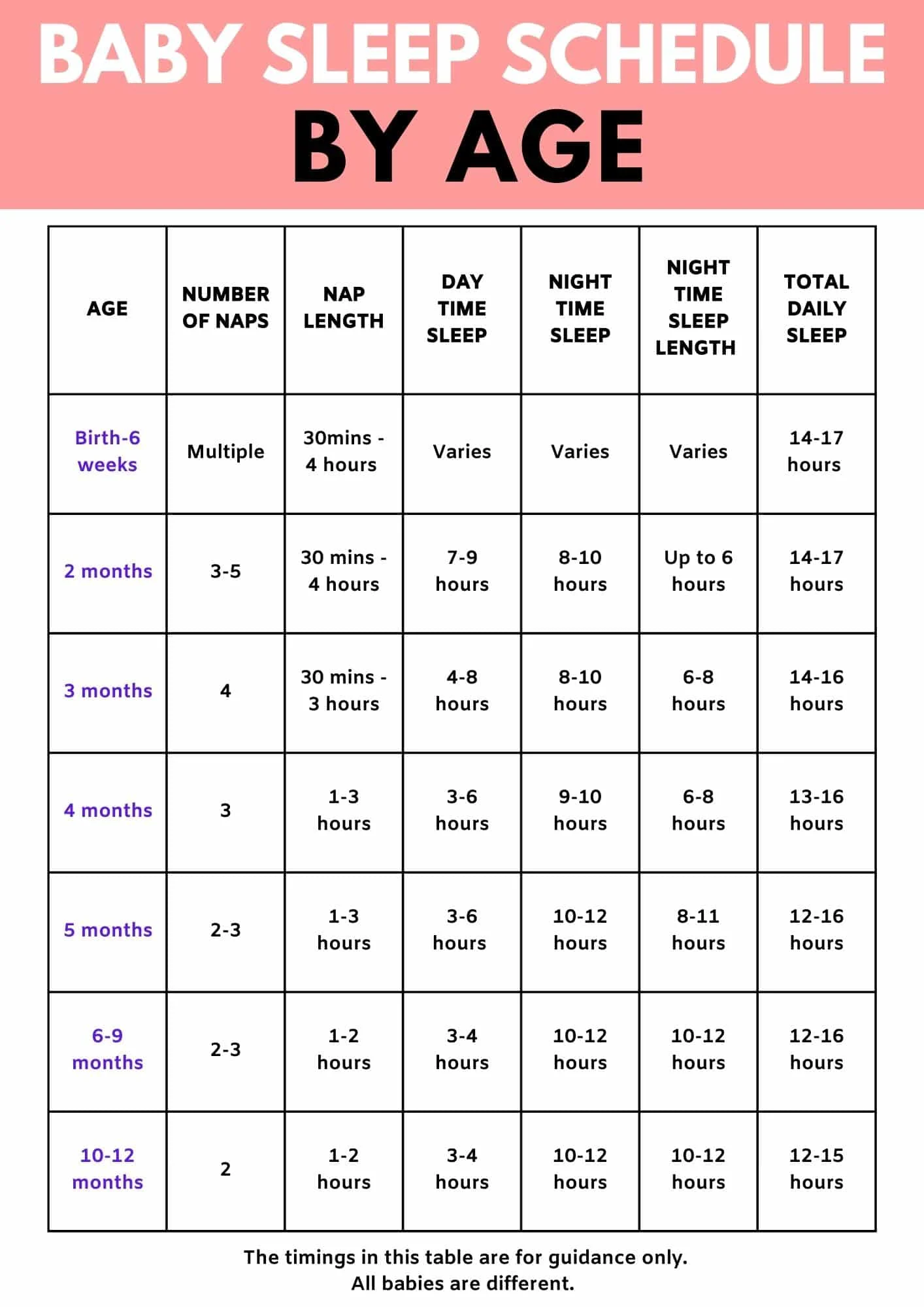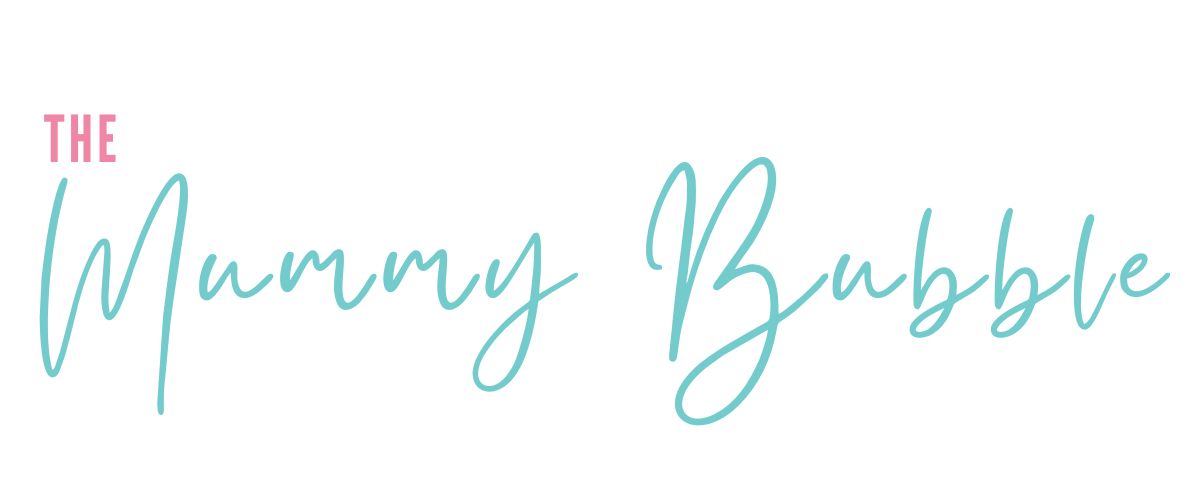If you think that a routine for babies involves rigid times and a race against the clock to get them down for a nap then think again!
The key reason for implementing a routine has to be keeping baby happy and healthy and keeping their parents happy too. Attempting to force a routine for a newborn baby who is on their own body clock and is growing every day is a futile exercise.

So a sleep schedule does not have to be a set daily schedule of timings. You can use sample routines with their timings, such as the ones on this website, to give you a guide of what they need every day, but then be led by your baby at the same time.
A routine can help you figure out a rhythm, one that gives you a bit more of a sense of control and an idea of what comes next when it comes to fulfilling your baby’s needs.
So if your baby is hungry, then feed them. However a routine will give you an idea of when you might expect your baby to be hungry next or when they might need a nap next.
What a routine should not do is increase your stress levels. So if someone has a routine they swears is a miracle, but you can’t get it to fit into your own daily lives then ditch it! There’s no one-size-fits all routine.
Sample newborn routine
This is a simple guide to what a day in the life of a newborn may look like.
Please note that timings will be different for different babies. Some families are late to bed and late to rise in the mornings, for example.
But what you will see in this sample routine for a newborn is that there is a rhythm of feed, play, sleep, repeat.
When figuring out your baby’s daily routine you need to get a rough idea of how long your baby can stay awake before displaying tired signs – their wake window. This varies by age and is pretty short for newborns – it can be as little as 30 minutes.
An older baby of nine months can stay awake for several hours.
When it comes to feeding the gap between feeds can depend on whether your baby is breast or bottle-fed. For a newborn the gap tends to be two to three hours.
Putting all of that together you can build up a picture of a schedule like this one.
- 7am – Wake up and feed, then play
- 7.45am – Nap
- 9am – Wake up and feed, then play
- 9.45am – Nap
- 11.45am – Wake up and feed, then play
- 12.30pm – Nap
- 2.30pm – Wake up and feed, then play
- 1.15pm – Nap
- 3.30pm – Wake up and feed, then play
- 4.15pm – Nap
- 5.30pm – Wake up and feed, then play
- 6.30pm – Bedtime routine – Bath, milk, bedtime story, bed
- Night – Baby may wake 3 to 4 times to feed
Baby sleep schedule chart
This chart gives you an ideas of the frequency and duration of sleep and feeding for babies by age in the first year. You can use this to help design your own daily sleep schedule for baby.

Does your baby need a routine?
You do not need a set routine for your baby – there is absolutely no law that sets it in stone and no health visitor will demand your baby should be in a routine. But many parents find it useful to help them in several ways.
A daily routine helps you to structure and plan your day – so if you have baby classes or other appointments you can fit them around your baby’s naps.
It also helps you to anticipate what your baby will need next. For me personally this was the biggest advantage in having a routine for my babies.
By knowing that they will be coming up to becoming tired I could put them down for a nap before they started crying. And by knowing they are 2.5 hours past their last feed I can anticipate they will be hungry for another feed soon.
Whether you plan to or not most babies have a routine of some kind, even if it is a loose one that evolves as they grow, start solid foods and drop naps.
The case against routines, particularly in the first six months, is that attempting to force one with rigid timings can be impossible and cause more stress than provide benefits.
This review of literature regarding infant routines found: “while behavioral sleep interventions may modestly increase the length of time an infant sleeps at night without signaling, they are not associated with improved infant or maternal outcomes and may have unintended negative consequences.”
What is a good routine for a baby?
A good routine for a baby follows a pattern of eat, play, sleep, repeat.
Even though you are the grown-up and they are the baby, you’re not fully in control when it comes to setting what you want your baby to do and when.
In an ideal world our babies would be born and sleep for 12 hours at night, without interruptions, then go down for naps like clockwork.
However babies do not work that way! You can figure out the best routine for your baby by looking at guidance on how many hours of daily sleep they need – don’t get too excited because that total number is divided into lots of chunks!
Now some babies may like to nurse to sleep. That means your routine may follow something more like eat, play, eat, sleep, repeat.
That’s OK, there’s no right or wrong way to do this. The key is to fulfil all of your baby’s needs while giving yourself an idea of what the day ahead will look like.
You can figure out your own baby’s routine by using my own sample routines as a guide.
When thinking about your baby’s routine consider the following:
How much daily sleep they need according to their age (a newborn needs more sleep than an 11 month old baby)
Their wake window – this is the length of time a baby can stay awake before needing a nap. I have a whole post with a guide to wake windows by age.
How many feeds they need per day – if your baby is formula fed the packaging of formula provides a guide for how much milk by age. For breastfed babies there’s a handy guide to how much milk for a breastfed baby here.
Whether you are breastfeeding or formula feeding your baby – this generally won’t make too much difference as babies need the same amount of milk whether it is breast or formula milk. However some breastfed babies will nurse for comfort, for example when they need to sleep or are teething. That means a breastfed baby may have a few extra feeding times. When it comes to feeding be led by your baby, if they seem hungry offer them milk.
When should I start getting my baby into a routine?
It’s never too early to start observing and following your baby’s own natural rhythms. You can do this from day one.
But in terms of a routine where you try to get your baby to sleep for longer at night and take regular naps then you may want to forget trying to force the issue until your baby is six months or older.
Watch for signs they are getting sleepy – a newborn will stare off into space, movements will become jerky and they may cry when overtired.
In terms of hunger babies will suck on their fists and root when they need milk.
Work out the timings of how long it takes your baby to show those signs and you have an idea of how to space out your day.
This can be complicated by things such as having a baby who prefers to snack rather than take a full feed at their mealtimes. Some babies will be on and off a bottle or breast, not taking quite a full feed that keeps them going for a couple of hours.
In the early days that’s absolutely nothing to worry about – baby’s tummies are tiny and so it’s normal for them to feed frequently.
As they hit four to six months you may want to ensure they don’t get distracted during feeding times by feeding them in a quiet room where there’s nothing to draw their attention away from having a proper feed.
Pros and cons of a routine for your baby
Pros
- Gives you an idea of when your baby will be hungry and tired so that they cry less and/or you can deduce whey they are crying easier
- Helps you plan your day including meeting friends or going to groups
- Means baby is more settled as you’re aware of how long they can stay awake before becoming overtired and when their next feed will be
- If you leave your baby with a loved one you can give them an idea of what your baby’s normal day is like
Cons
- Rigid routines can increase stress for parents who worry when they can’t get baby to sleep at a set time (it’s totally normal for babies to fight sleep even when they’re tired)
- Cluster feeding, growth spurts, teething and introduction of solid foods can make routines very fluid
- Babies change frequently and so routines will shift and change
- Very challenging to set a sleep schedule for a baby if you have older kids and are on the go all day
Remember everything changes
One final reality check when it comes to a routine for babies.
So much happens to your little one in their first year, and that includes things like sleep regressions, teething and starting solid foods that can all have an impact on sleep routines.
There is also the witching hour – that strange time of day in the late afternoon to early evening when babies of around four weeks to 10 weeks will be fussy – and cluster feeding – where babies feed frequently over the course of several hours.
For this reason it’s important for you to manage your expectations in terms of every day being predictable.
Some days the routine will go out of the window, or your baby will suddenly change to drop a nap or require extra milk due to a growth spurt, and that’s totally OK.
Sleep schedules for your baby
I have sample routines for your baby from their newborn weeks right through to when they transition to toddlerhood.
Newborn baby schedules for the first 8 weeks

